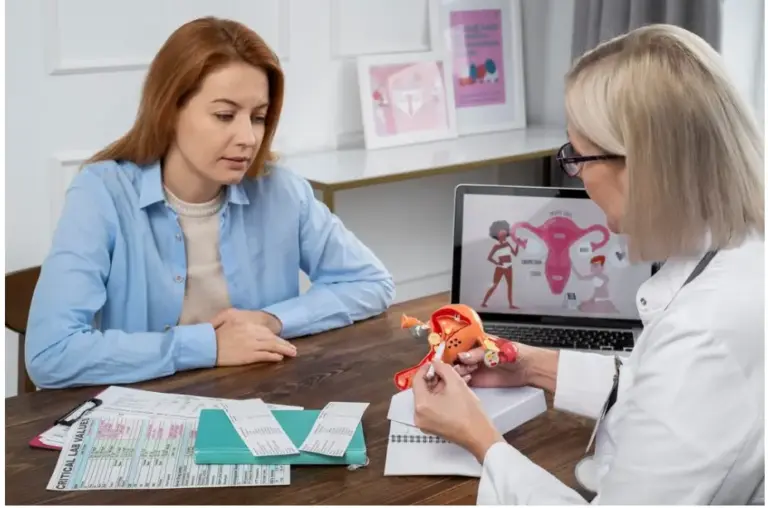
If you have a lot of pelvic pain during menstruation then “do I have endometriosis” might be the question at the front of your mind. This is a condition that can cause a lot of pain and, if you think that you might have it, then you will need to see a doctor to get some tests to make sure. This is what you need to know if you’re thinking: “do I have endometriosis” right now?
It is a condition that is characterised by small pieces of tissue that would usually grow inside the uterus growing outside of it instead. When tissue starts to grow outside of the uterus like this it can block fallopian tubes, cover ovaries and also the tissue lining of the pelvis. It’s not a condition that will simply go away on its own. In fact, endometriosis will usually get worse so it’s essential to get help with it.
Pelvic pain is the most obvious sign of endometriosis but this can manifest in a number of different ways, including pain during or after sex, when you use the toilet (either urination or bowel movements), irregular bleeding between periods or particularly heavy bleeding when you’re on your period. There are also other signs of endometriosis to look out for, including bloating, constipation, nausea, mood changes as a result of pain and even infertility.
If you have symptoms that seem typical of endometriosis then your doctor will probably order a number of tests to help determine whether this is the cause of your discomfort. These include:
If you think you may have endometriosis then it’s important to try and get a diagnosis as soon as possible so that the discomfort of the condition can be managed.
At Chase Lodge Hospital, our private gp’s can open the space for discussion and diagnosis swiftly. Our dedicated team are always here to help, and to put your health on the right track. Get in touch today, and we can move forward together.